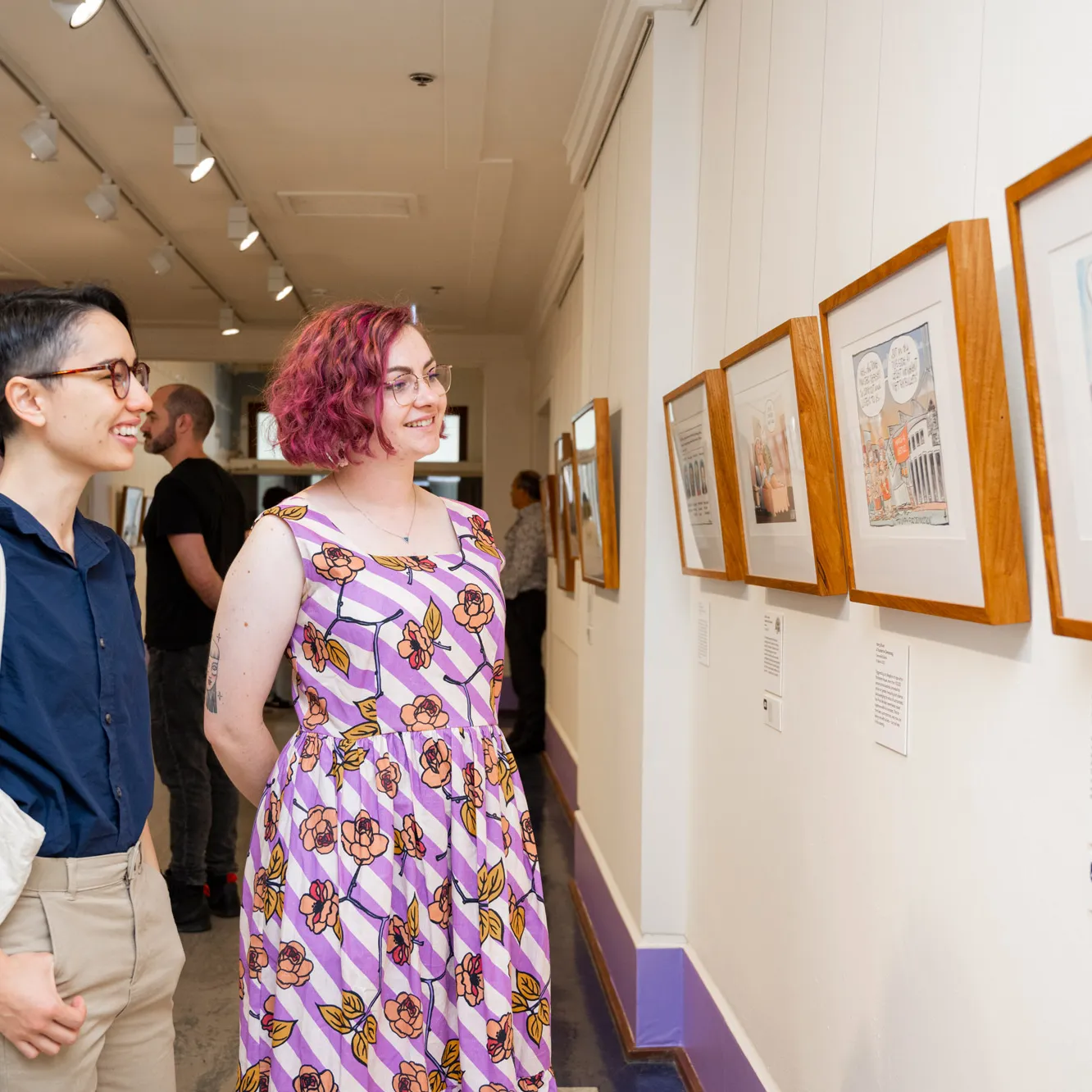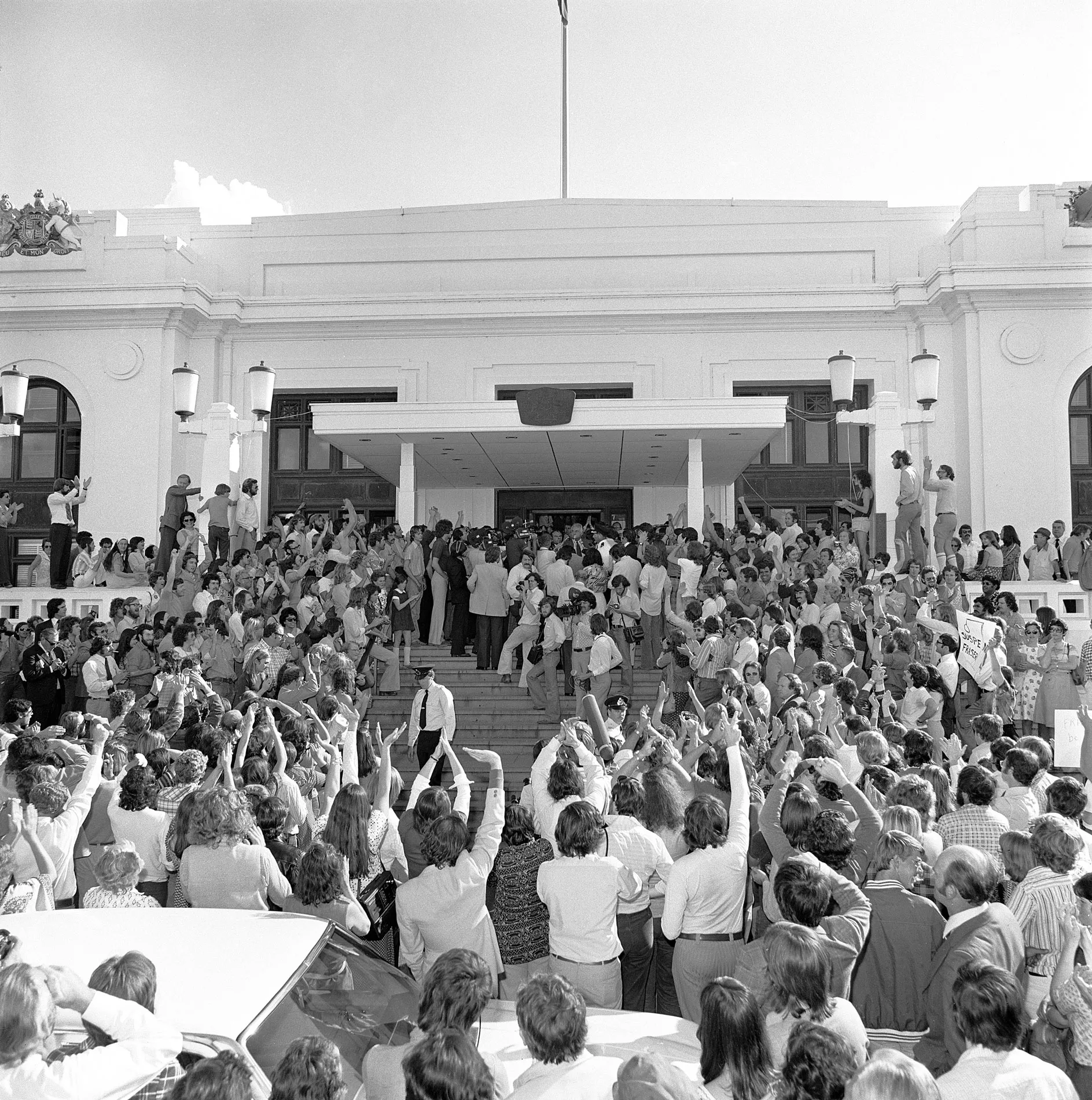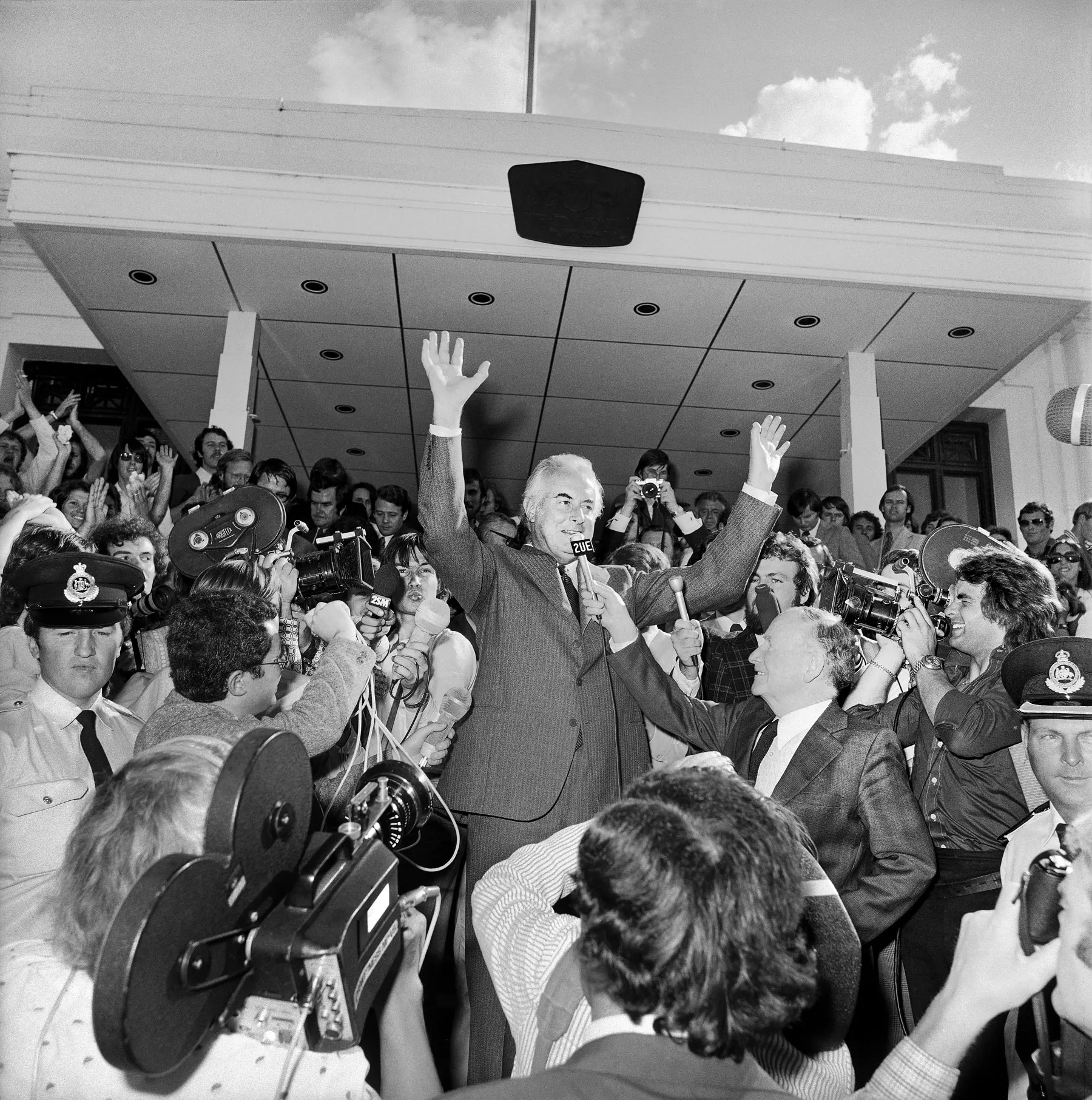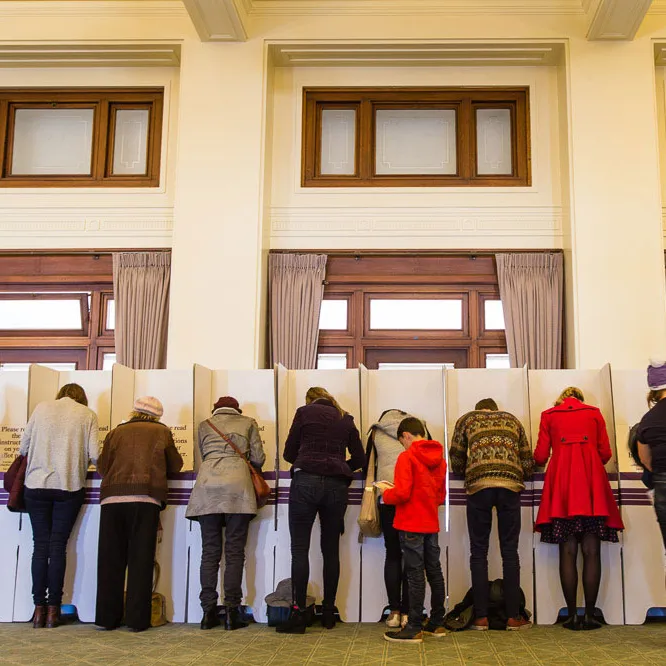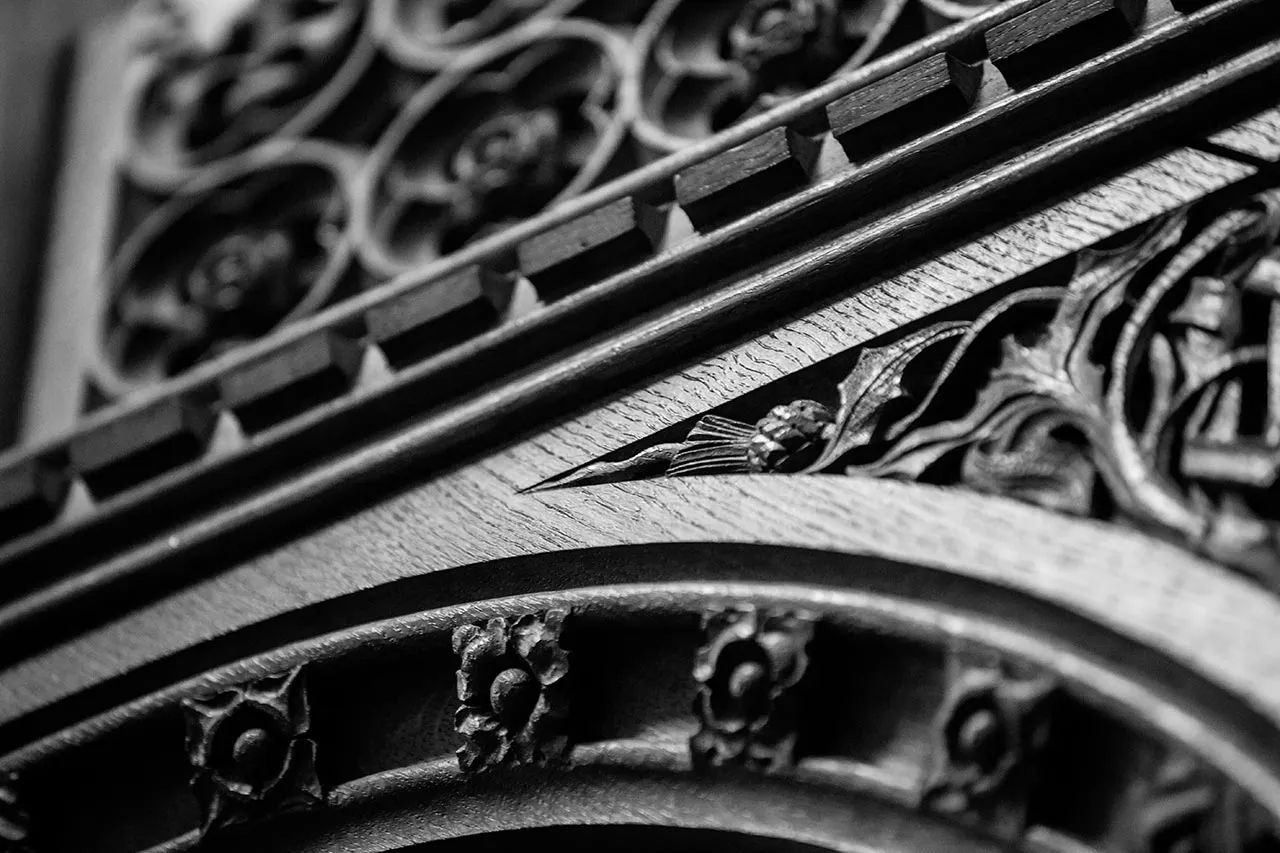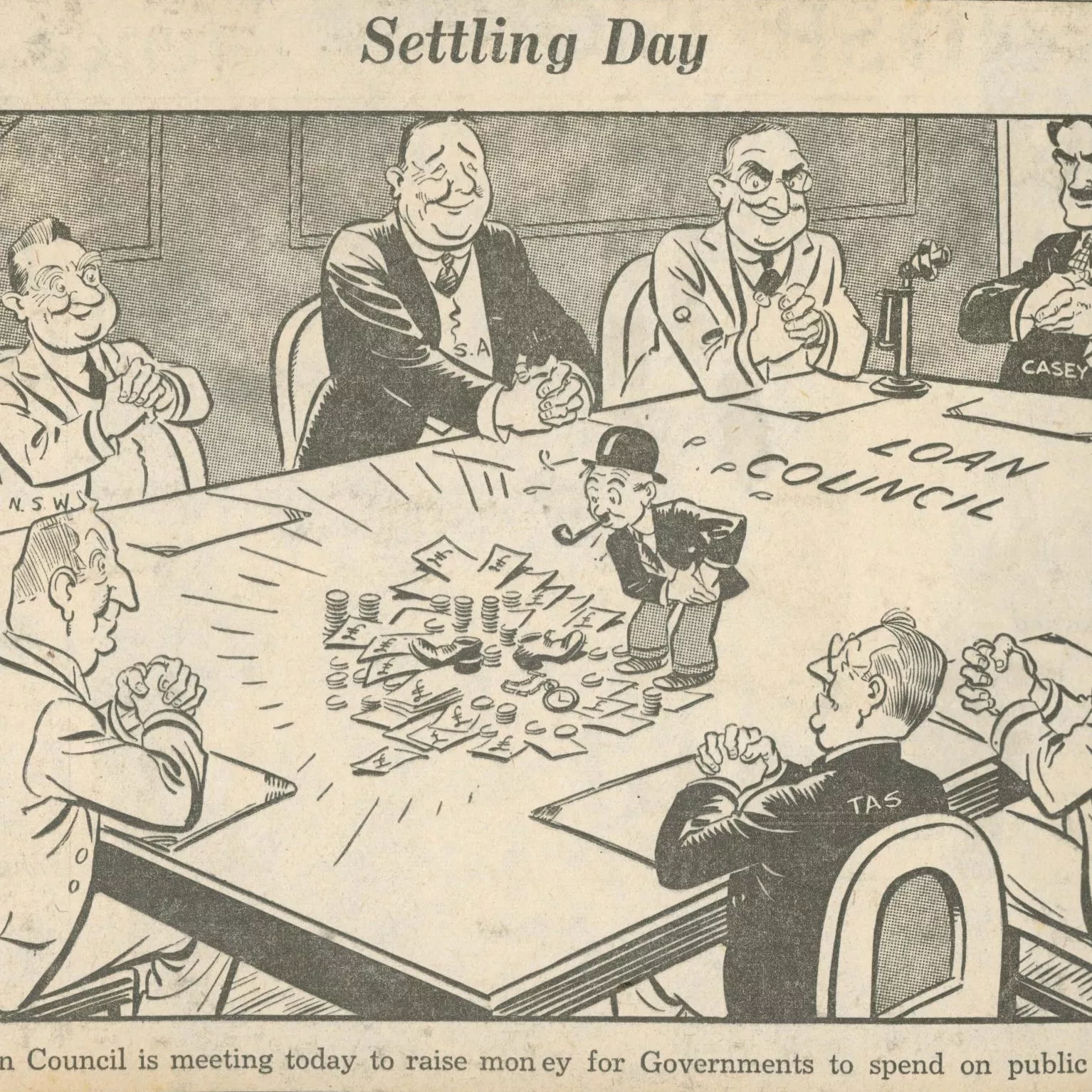Track Record
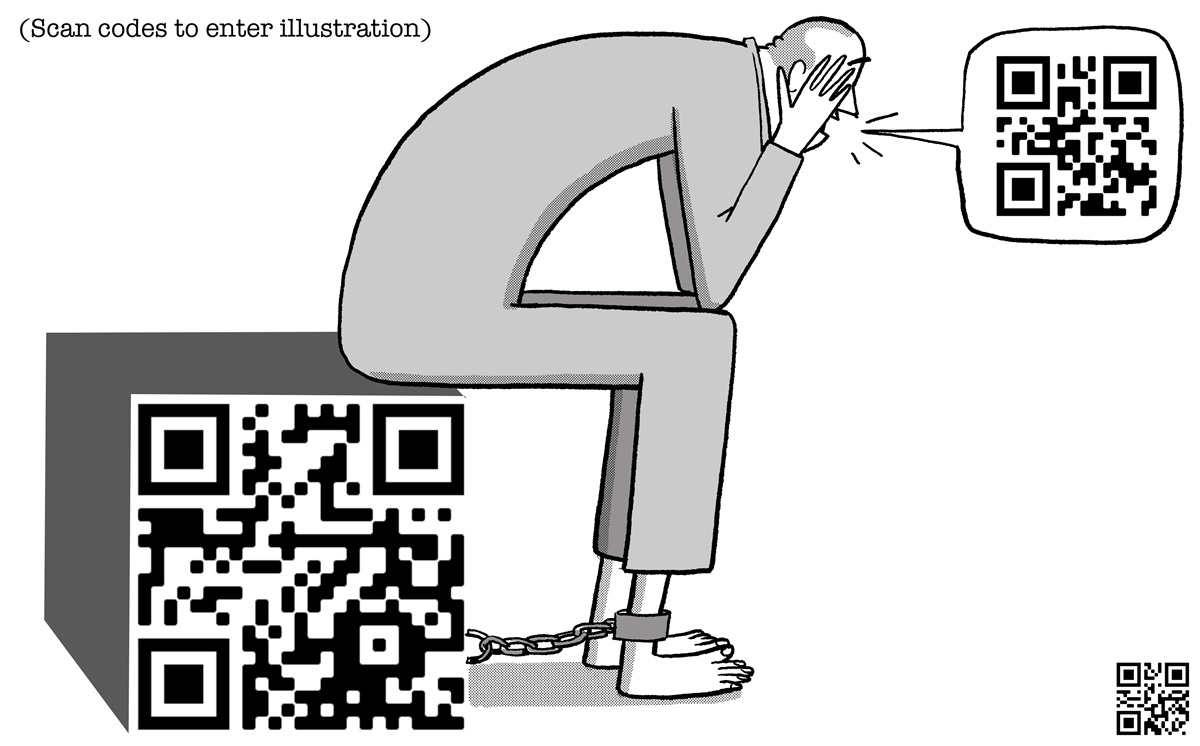
Simon Letch
As scanning QR codes becomes second nature, Simon Letch has found a new way to create a political cartoon, signature and all. Scan the codes with your phone to see Letch’s ‘hidden’ messages.

